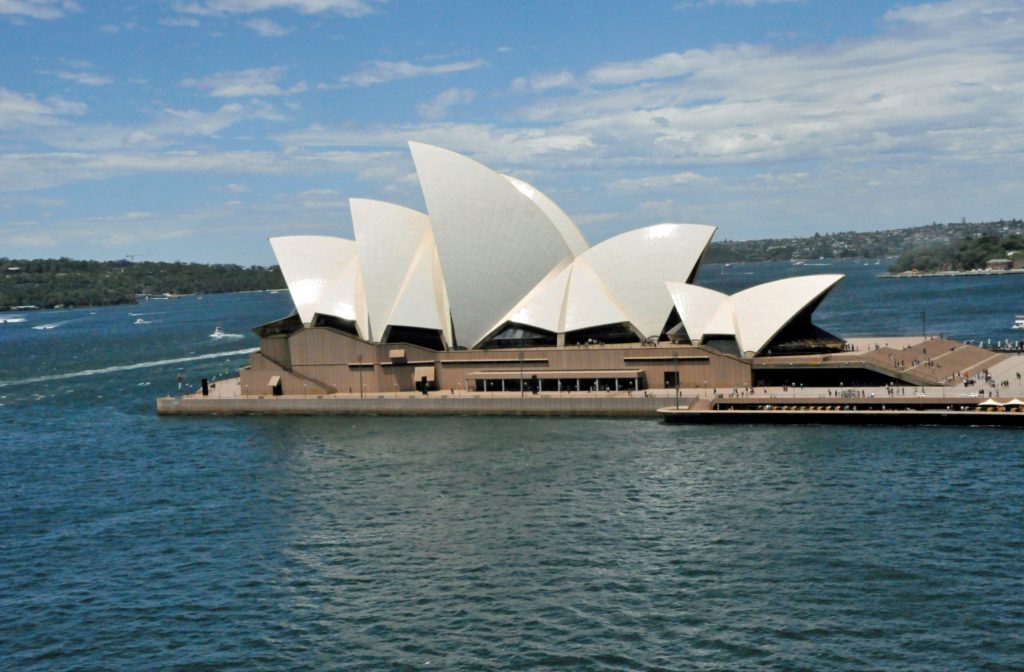
It is not unusual for a structure to create an image for a city. The Opera House in Sydney, Australia, created an image for an entire country.
In 1947, England’s Eugene Goossens became conductor of Sydney’s symphony orchestra, then performing in the town hall, improbably pledging to make it among the best in the world. His ambition and need for a concert hall drew the attention of Joseph Cahill, the equally ambitious premier of New South Wales. In 1955, Cahill’s government announced an international competition to design a performing arts facility on a former island in Sydney Harbor that the indigenous Gadigal people had once used for ceremonial gatherings. The competition attracted 233 entries from 32 countries. The winning design, featuring an interlocking series of soaring curved roofs evoking the billowing sails of harbor boats, was submitted by 38-year-old Danish architect Jørn Utzon, who had never been to Sydney and had never designed anything approaching the scale of his proposal. When construction began in 1959, completion was expected to require four years and seven million dollars. However, it soon became clear that no one at the time knew how to construct the unsupported sail roofs that Utzon demanded. Engineers eventually found a clever solution and the building was completed in 1973 at a cost of more than 100 million dollars. By that time, Utzon had left Sydney because of controversies over his design, never to return.
The Sydney Opera House is now widely acclaimed as perhaps the best example of modern architecture in the world, drawing on its surroundings and calling attention to Australia as a place of sophisticated innovation. In 2007, it was named a UNESCO World Heritage site and today attracts more than eight million visitors a year, more than a million of whom attend 1500 performances on its six stages.